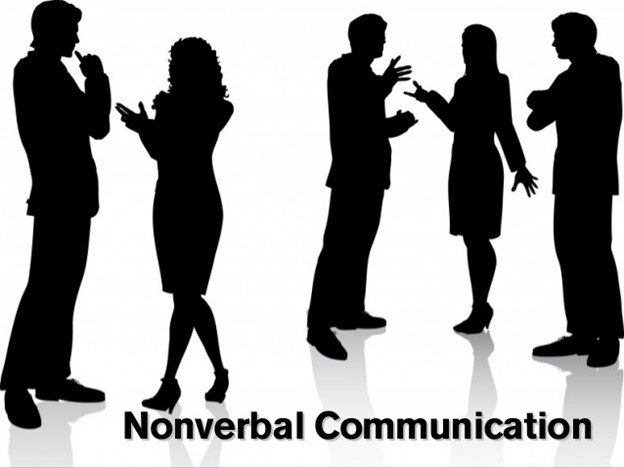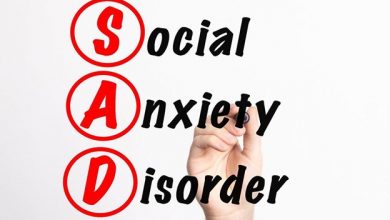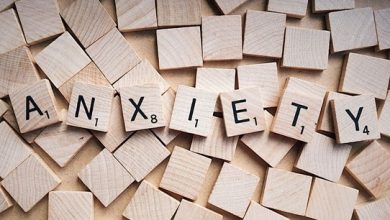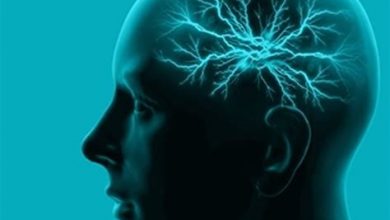Nonverbal Communication
The importance of nonverbal communication and Body Language

Improve Your Body Language and Nonverbal Communication Skills
In fact, according to data, communication capacities were consistently among the highest skills listed by employers in the new jobs in 2020. The development of both personal and professional relationships requires strong communication skills.
Two types of communication are predominant: verbal and nonverbal. While many of us are regularly aware of and use verbal communication, nonverbal communication is generally not deliberate and can provide substantial information on people as well as situations.
In this guide written by Juan Plamen, we will discuss what nonverbal communication is, why it is important, and how to read it, and how your abilities to communicate with others can be improved.
What Is Nonverbal Communication?
Non-verbal communication is information transmission using the language of the body, including contact with the eyes and facial expressions and gestures. For instance
Smiling transmits friendliness, acceptance, and transparency when you meet someone. Whether they know it or not, everybody always uses nonverbal communication. Instead of verbal communication or the use of language to transmit information by written text, speaking, or sign language, nonverbal communication is dependent on the observation and analysis of physical motion.
Why Is Nonverbal Communication Important?
Nonverbal information is important because it gives us valuable information on how a person feels, how someone is informed and how he or she approaches a person or group.
Attention and the development of non-verbal communication skills are invaluable skills that you can use at every stage of your professional life.
Nonverbal communication can support your ability to communicate effectively at work in a number of ways, including:
Support your message. Nonverbal clues can emphasize the content of your message when you hold a conversation, participate in a meeting, or engage in a conversation. For example, with hand gestures, you can tell your listeners the importance of the idea and remember a key point.
Communicate messages. You can also completely communicate with others using nonverbal communication. You can, for example, nod your head up and down to express solidarity if you explain a feeling you admire and accept.
Communicate intention. The language of your body may also express your current condition deliberately or unintentionally. For instance, people can collect nonverbal indications that you are dishonest, uncompromising, excited, or aggressive.
Convey feelings. It can also be useful for your feelings like deception, relief, happiness, pleasure, or more in nonverbal communication.
Showcase your personality. Nonverbal communication is an excellent way to demonstrate who you are. For example, a kind and optimistic person can often smile and offer friendly touches with open body language.
Indicate the desired action. You can pin to a door to indicate your desire to go out of the room, raise your hand to provide an idea, or put your hand out to meet a new person.
How To Improve Nonverbal Communication

Do A Body Language Test
Pay attention during a business week to how you use body language.
Notice in meetings, your casual exchanges and speeches your body language has, facial expressions, and positions.
See how people react to natural nonverbal communications.
Notice How Physically Your Emotions Feel
Emotions don’t just feel in the mind; they also affect us physically. All day long when you experience a variety of emotions (anything from energy or boredom, to happiness or disappointment), try to determine where your body feels the emotion.
For example, you may notice that your stomach is tight if you feel anxious. Developing an awareness of how your emotions impact your body can give your external presentation more dominance.
Be Intentional About Your Nonverbal Communications
Be careful to communicate with others using facial or body expressions. Make efforts when you feel alert, open and positive about your environment, to show positive body language.
If you feel confused or concerned about information like using a brown brow, you can even use body language for your verbal communication.
Together with verbal communications, use body language, for example, to ask follow-up questions or draw out feedback.
Check My Private Psychology Library: Best Digital Books for Psychology
Read More About Business Here > Psychology Blog
…
Would You Like To Be Able To Help, Heal, And To Change Your Life And The Life Of Many People By Learning New Skills?…
Below Are The Easiest And The Most Effective Ways To Make It Happen!
Other Important Resources
- Book: Improve Your Life Today Book
- Instagram: Personal / Eagle Beagle Spirit
- Visit Our Shop: Eagle Beagle Spirit Shop or Become An Ambassador
Always fighting for your rights and your daily improvement,
Juan Plamen




